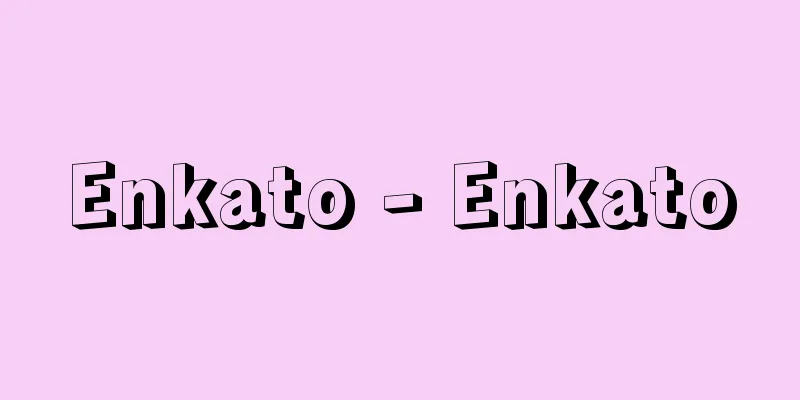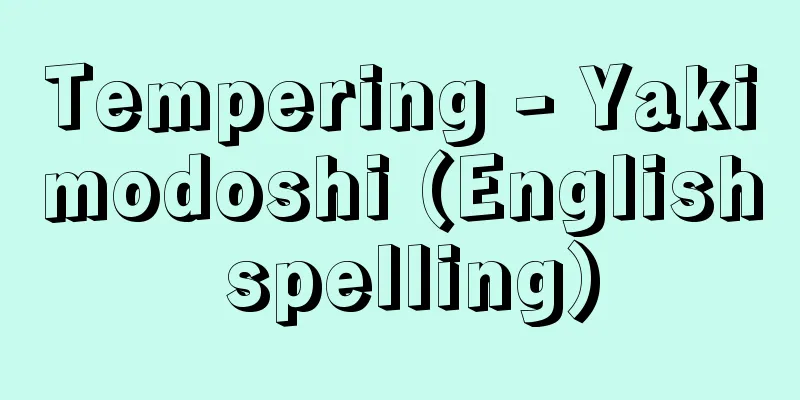Guerrilla - Guerrilla (English spelling)
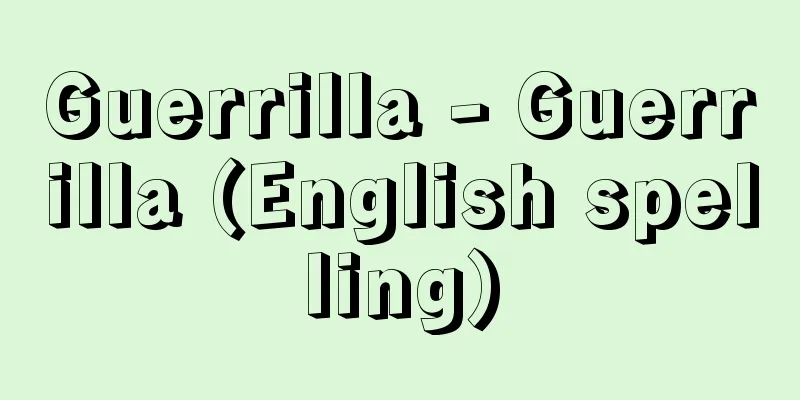
|
Generally refers to guerrilla combat or combat units by irregular soldiers. Originally a Spanish word meaning "little war." In the 18th century, small independent units conducted surprise attacks and reconnaissance on the enemy's flanks or rear in coordination with the activities of regular armies. This was already called "little war" and was adopted by the armies of Western countries. In the early 19th century, many small units of Spanish soldiers launched an anti-French resistance movement against Napoleon's rule, and guerrilla became the common name for "little war." Napoleon was also plagued by guerrillas (partisans) in his Russian campaign. In his book "On War," German military scholar Clausewitz positioned this guerrilla struggle as an important element of the national war of resistance against the invaders. In the 19th century, guerrilla-style armed struggle was also adopted in the rebellions of minority groups in Eastern Europe and in the French resistance movement in occupied territories during the Franco-Prussian War. As the great powers expanded their colonial rule, guerrillas began to appear in large numbers in the rebellions and resistance in each colony. In the 20th century, partisan activities were widely used in the Russian civil war and anti-intervention war immediately after the Russian Revolution. Then, during the Chinese Revolution, the Chinese Communist Party consciously deployed irregular guerrilla warfare on a large scale, fighting against warlords, the Kuomintang army, and the Japanese army. Mao Zedong summarized this experience in his theory of endurance guerrilla warfare. According to this theory, guerrilla warfare is a guerrilla warfare that is based on the people and is first adopted by the weak oppressed people in their struggle against invaders, and its main purpose is to endure by exhausting the enemy and gradually strengthening the power of one's allies. The guerrillas eventually grow into regular people's armies, which will finally settle the score with the invading forces. Mao's "Guerrilla Warfare Theory" had a strong influence on many national liberation movements after World War II, and guerrilla warfare was carried out in Asia, Africa, and Latin America. New theorists such as Vo Nguyen Giap in Vietnam and Ernesto Che Guevara in Cuba also appeared. The main stage for guerrilla warfare was the countryside, where oppressed peasants lived and guerrillas had great freedom of action, but in the 1960s, the possibilities of sabotage and terrorism began to be explored in cities as well, and a new form of guerrilla warfare, known as urban guerrilla warfare, emerged. To counter these guerrillas, regular armies and public security forces have developed counter tactics, such as infiltrating subordinate organizations, raiding bases, and establishing strategic villages, and often organize special units for counter-guerrilla activities. Nowadays, because national liberation struggles and guerrilla warfare are closely linked, irregular guerrilla warfare by regular armies is generally called commando operations. In addition, guerrilla-style operations by regular armies to suppress guerrillas are called counter-guerrilla warfare. [Kaoru Yamazaki] Source: Shogakukan Encyclopedia Nipponica About Encyclopedia Nipponica Information | Legend |
|
一般に不正規兵による遊撃的な戦闘や戦闘部隊をさす。もともとは「小さな戦争」を意味するスペイン語。正規軍の活動と連動しながら、独立した小部隊で敵の側面や後方に急襲・偵察を行うことは、すでに18世紀には「小戦」とよばれて、西欧諸国の軍隊で採用されていたが、19世紀初めにナポレオンの支配に反対して、スペイン人の小部隊が多数、反仏抵抗運動を展開したため、ゲリラが「小戦」の通称となった。ナポレオンはロシア戦役でもゲリラ(パルチザン)に悩まされている。ドイツの兵学者クラウゼウィッツはこうしたゲリラの闘争を、『戦争論』のなかで、侵略者に対する国民的な抵抗戦争の重要な要素として位置づけている。 19世紀にはさらに、東欧の少数民族の反乱活動や、普仏戦争期の占領地でのフランス人の抵抗運動でも、ゲリラ型の武力闘争が採用されているが、列強の植民地支配の拡大とともに、各植民地での反乱や抵抗にも、ゲリラが数多く登場するようになった。20世紀に入ると、ロシア革命直後の同国での内戦や対干渉戦争でパルチザン活動が多用された。やがて中国革命の過程で、中国共産党は自覚的に不正規の遊撃戦を大々的に展開し、軍閥、国民党軍、日本軍と戦った。この経験は毛沢東(もうたくとう)の手で、持久型の「遊撃戦論」としてまとめあげられている。それによると、ゲリラ戦争は力の弱い被抑圧人民が侵略者との闘争でまず採用する、人民に依拠した遊撃戦であり、そのおもな目的は、敵を疲弊させ、味方の力をしだいに強固なものにする持久にある。ゲリラはやがて正規の人民軍へと成長し、この正規軍によって侵略軍との最終的な決着が行われる。毛沢東の「遊撃戦論」は、第二次世界大戦後の多くの民族解放運動に強い影響を与え、アジア、アフリカ、ラテンアメリカの諸地域でゲリラ戦争が行われた。ベトナムのボー・グエン・ザップやキューバのエルネスト・チェ・ゲバラのような新しい理論家もそのなかで登場している。 ゲリラ戦争の主要舞台は、虐げられた農民がおり、ゲリラの行動の自由も大きい農村であったが、1960年代には、都市においてもサボタージュ、テロルなどの可能性が試みられ、都市ゲリラという新しい形態が登場している。 こうしたゲリラに対して、正規軍や公安部隊は、下部組織への浸透、根拠地急襲、戦略村の設定などの対抗戦術をつくり、また対ゲリラ用の特別部隊を編成していることも多い。現在では民族解放闘争とゲリラ戦争が密接に結び付けられているため、正規軍による不正規の遊撃戦は、一般にコマンド作戦とよばれるようになっている。また、ゲリラ鎮圧のための正規軍のゲリラ型作戦は、対ゲリラ戦という名称でよばれる。 [山崎 馨] 出典 小学館 日本大百科全書(ニッポニカ)日本大百科全書(ニッポニカ)について 情報 | 凡例 |
Recommend
Dobogoen - Dobogoen
[1] A collection of haiku and Chinese poetry and p...
Xuzhou Operation
From April 7 to May 19, 1938, the Japanese army pi...
Shimi (silverfish) - Shimi (English spelling) silverfish
A general term for insects belonging to the order ...
Artiodactyla
…an order of herbivorous or occasionally omnivoro...
Svayaṃbhū (English spelling)
Brahma is said to have emerged from the lotus (wo...
Illyrioi
…the indigenous people of the western Balkan Peni...
Gottschalt, K.
…Furthermore, social personality is divided into ...
Yuyaiyako [Mountain] - Yuyaiyako
A volcano in the Andes Mountains in South America....
Rossellino, Bernardo
Born: 1409. Settignano Died September 23, 1464. Fl...
Monomolecular film
…When the concentration of fatty acid salt per su...
imputed price
…A basic concept in mathematical programming, als...
North Shoji - Kitano Shoji
…It is also called Kita Shoji. It is one of the f...
Serica
…However, after the Kangxi period of the Qing dyn...
A wanderer passes by
A Japanese film released in 1947. Directed by Dais...
Anglbosa - Anglbosa
…Hel, the land of the dead, which she rules over,...
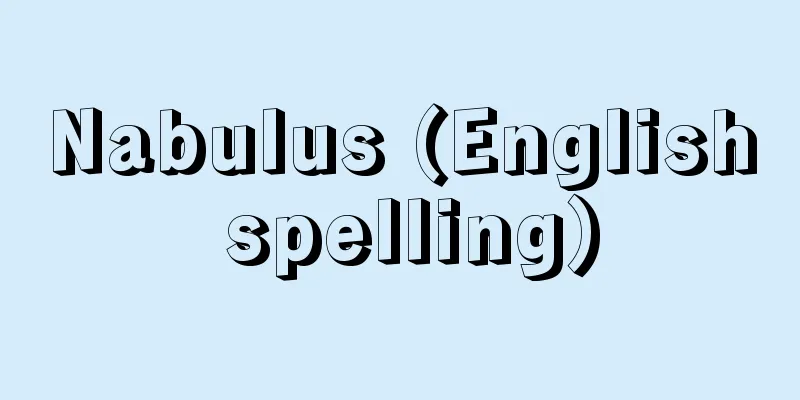

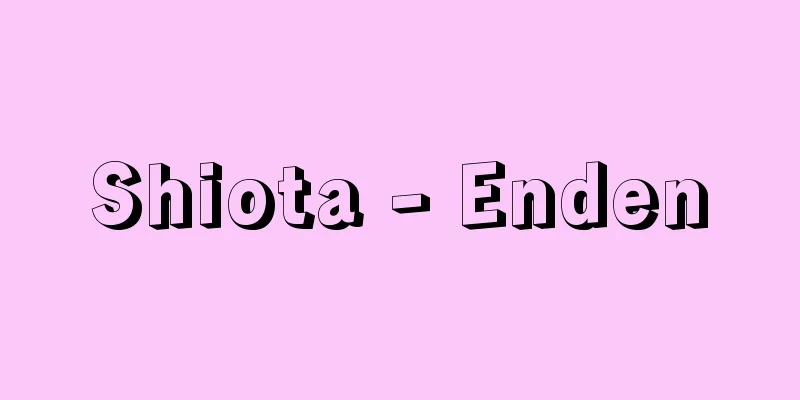



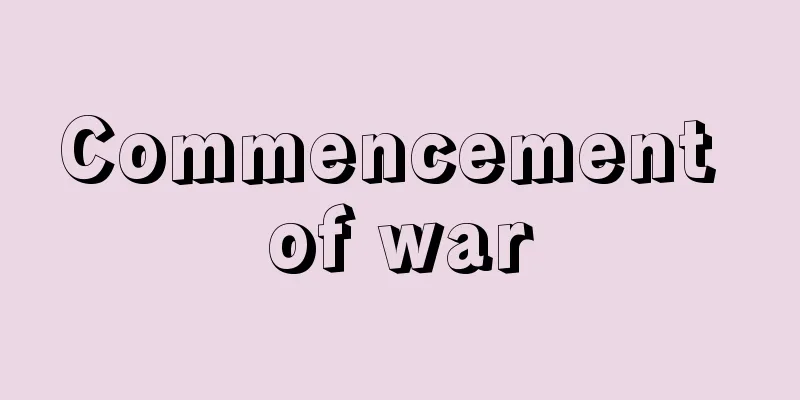
![Shio [town] - Shio](/upload/images/67cbbab3c1579.webp)
